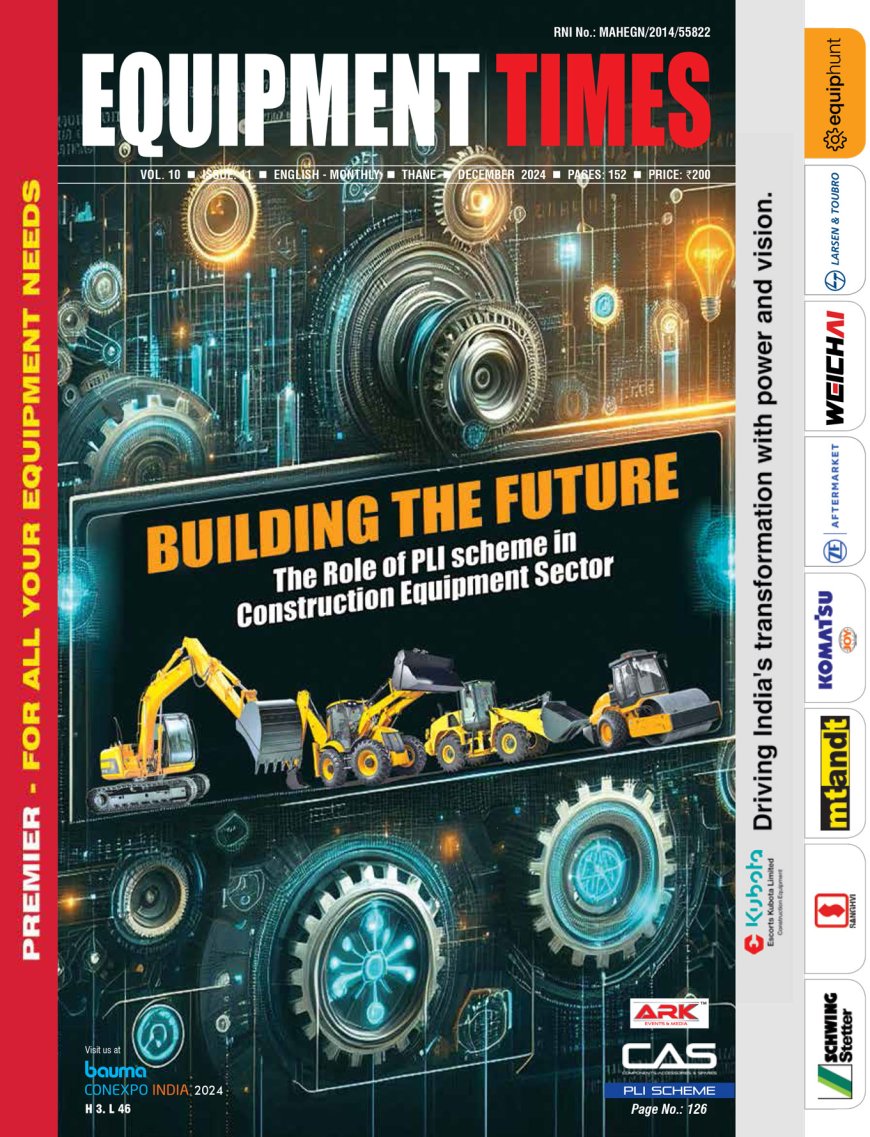Mission Update and Adapt
In an email interview with Equipment Times, Subbiah Kumar, Chief Finance Officer, CEAT Tyres Limited, reveals the massive impact caused to the tyre industry due to the ongoing pandemic in terms of minimal sales and shares strategies to cope with

In an email interview with Equipment Times, Subbiah Kumar, Chief Finance Officer, CEAT Tyres Limited, reveals the massive impact caused to the tyre industry due to the ongoing pandemic in terms of minimal sales and shares strategies to cope with the demand-supply scenario post lockdown. Excerpts
Tell us about the current scenario in the tyre industry?
There is a huge impact of the Covid-19 pandemic on the tyre industry due to which there were minimal sales of tyres in April. All the tyre manufacturing companies have suspended their operations and therefore there were only minimal sales of essentials such as truck tyres etc.
Since the beginning of May, dealers have started re-opening dealerships, they have begun asking for permissions from local level authorities. Although the operations have partially resumed, the demand scenario is still uncertain and it is difficult to comment on how the things will pan out. As we are likely to see an increased awareness and usage of personal mobility post the lockdown, we foresee that the growth would pick up in the two-wheeler category.
How is the industry using the lockdown period?
At this point of time the industry is currently working on how to manage their cash flow better, reduction of costs, engaging people specially sales workforce in the manufacturing industry, finding new ways of working since social distancing is the new norm. With the move towards digitalisation, working-from-home etc is becoming the new normal in the business module and day to day schedule. Also, people have a lot of new things to learn and adapt to, which gives them very less time on their hands.
What is the scope of demand picking up post lockdown?
It’s too early to say anything, for OE segment it’s going to be very tough, because investing in a new vehicle is not what people would be doing at this time. There may be a demand for 2nd hand cars, low cost cars, two-wheelers etc. On the export front, there may be some opportunities where people might not be wanting to buy tyres from China and Europe however it is too early to comment on how things would pan out.
Do you have a strategy in place to cope up with the demand supply scenario post lockdown?
Currently the first thing to do would be to reduce cost, to be self-capable to manage operations. In this time of low demand, we need to check on every small opportunity possible and be updated with the new set of business models. For example, a customer may not want to come in and buy products from the dealership, they may be wanting online services, they may want pick up and drop facilities etc. So we as a company are also looking at all the options possible where we can gain grounds, wherein there is change of business model and to reduce cost and be ready whenever there is any type of demand generation and that’s how we are planning to go about with our strategy.
Tell us about the technological trends in the tyre industry?
The Tyre industry is moving towards BS-VI, EV vehicles however these changes are cost intensive. With the current scenario, the overall industry might face degrowth and people are likely to hold on to Capex as well as their further plans. The industry would definitely move towards BS-VI and towards electric vehicles, shared cars etc. These movements however have been deferred by at least one or two years due to the current scenario. Right now, the emphasis will be placed on costs and not just technological advancements. For a year, at least, the liquidity will be an issue.
We would like to know about the R&D taking place in the sector?
CEAT is taking a call on case to case basis. We have spoken about the challenges and each of the companies in the industry would be facing similar or related challenges.
Hits: 52










